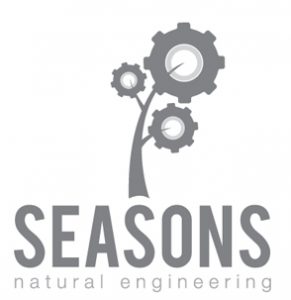VERTICAL FOREST WITH SEASONS
Vertical Forests are a hybrid combination of architecture and forest, which grafts harmony between urban environments and living spaces. It consolidates thousands of meters of forest into hundreds of meters of urban surface. Vertical Forest Design is a natural synergy with Seasons. Our teams skillsets align with the ones needed for engineering successful installations of such buildings.
Our Team

SCOTT HUTCHEON
Lead Project Architect
With a degree in Landscape Architecture and Environmental Design from California Polytechnic University, San Luis Obispo Scott Hutcheon has a strong understanding of horticulture, technology, botany, and architecture.
He has developed several vertical garden technologies & provides green infrastructure consulting with design teams across the world. Scott recently designed and installed the largest vertical garden in the United States. GardenHouse in Beverly Hills.
Scott is inspired by natures organic aesthetic as well as the positive effects they have on people and their surroundings. Connecting people and nature within built communities is Scott’s top priority. He believes that this connection is instrumental to physical and mental health, and he uses green technologies as a unique tool to help customers bring a subtle sense of well-being to their audiences.”

LAURA GATTI
Agronomist & Landscape Designer
Laura Gatti is an agronomist, landscape consultant and landscape designer and co-designer of the multi-award-winning ‘Bosco Verticale’ by architect Stefano Boeri, as well as Vertical Forest Nanjing, La Forêt Blanche Paris, Trudo Vertical Forest Eindhoven and more.
Laura Gatti, founded in 1992, specializes in horticultural and soil consultancy, tree care and management plans, with special skills and experience in the restoration of historical sites and integrating greening into buildings – green roofs, green walls, hanging gardens.
PROJECTS
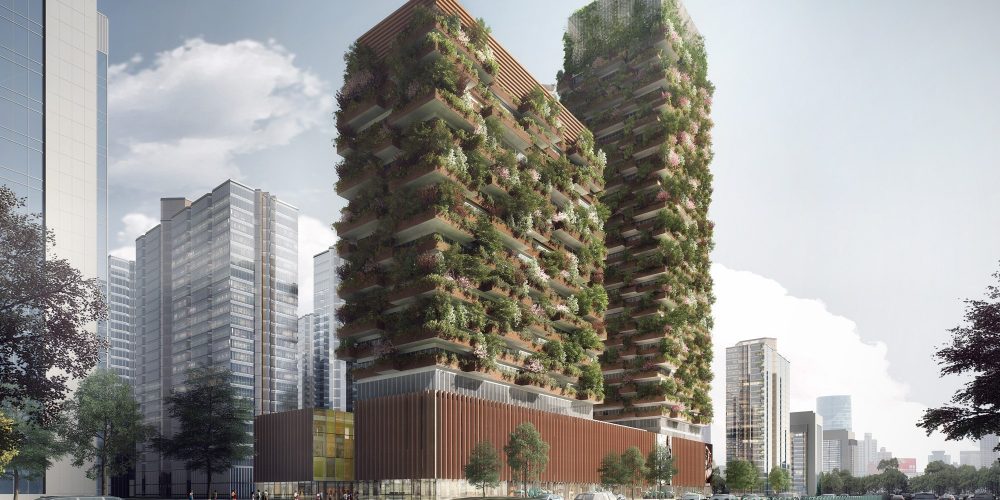
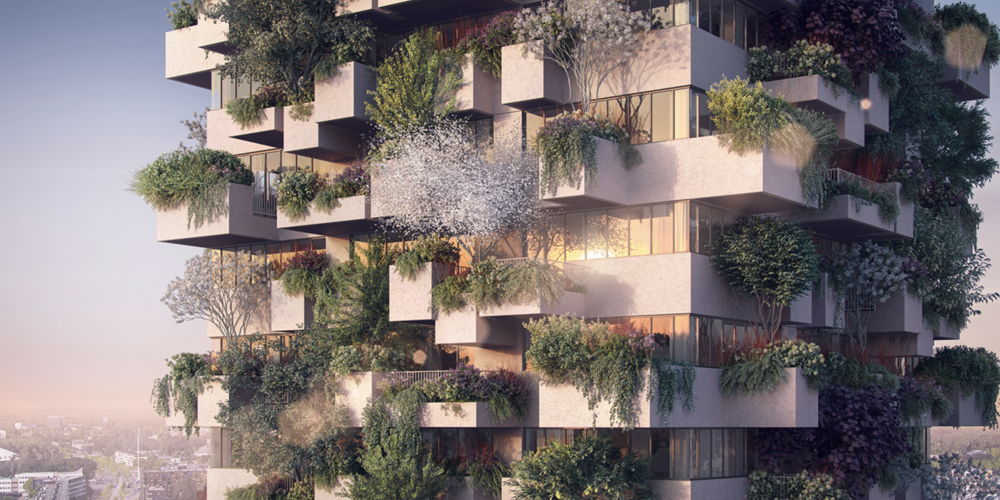
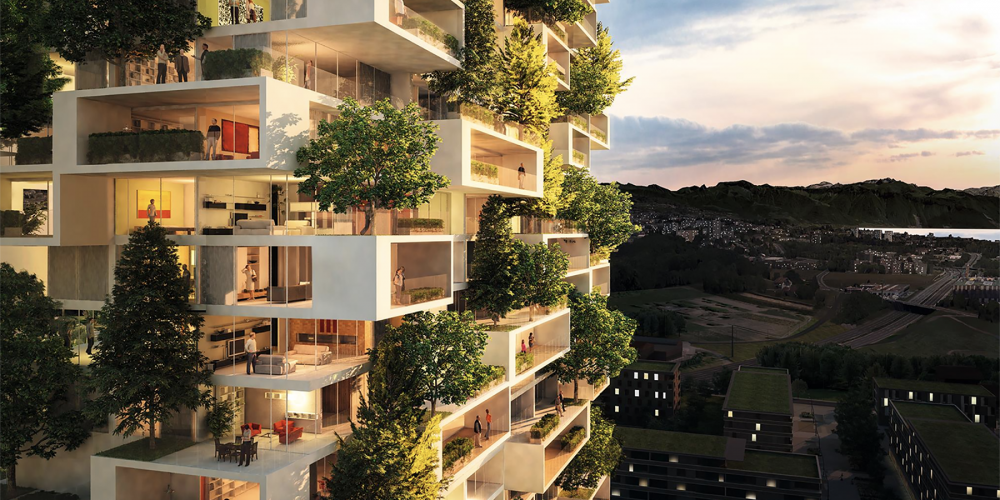
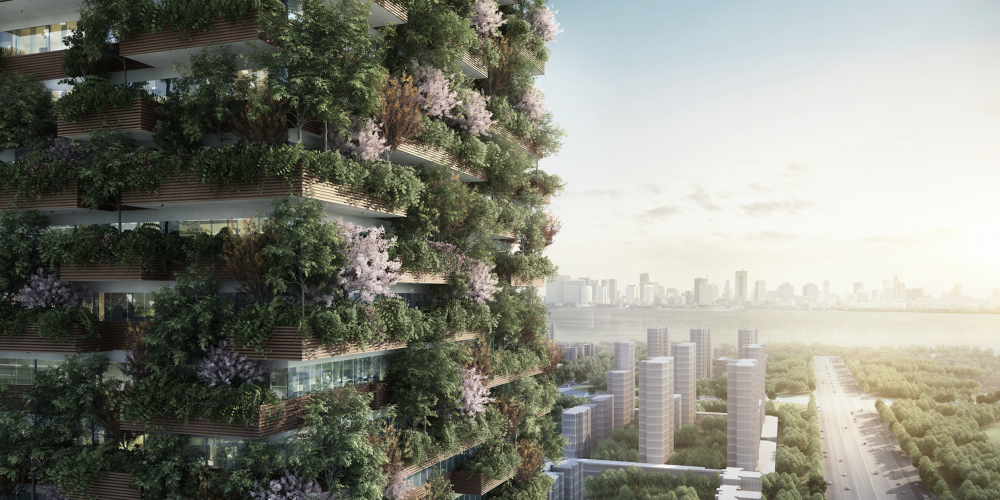
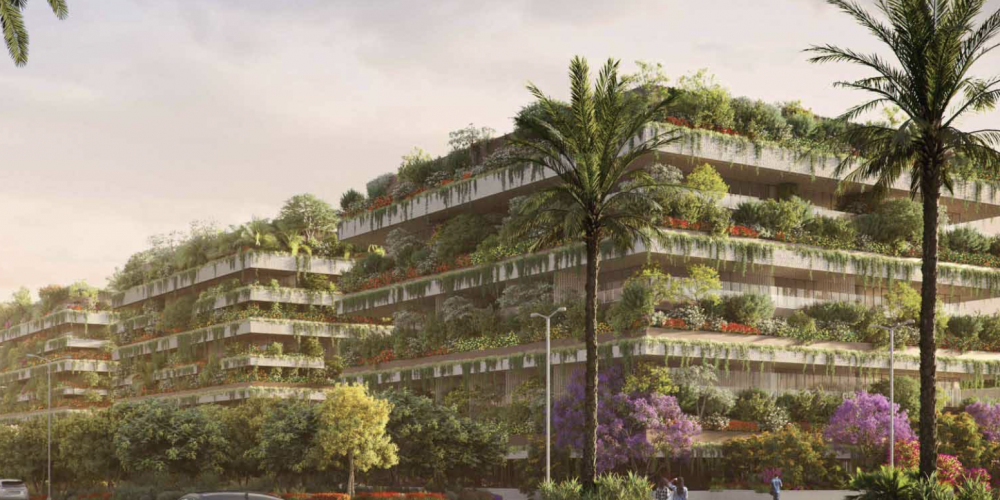
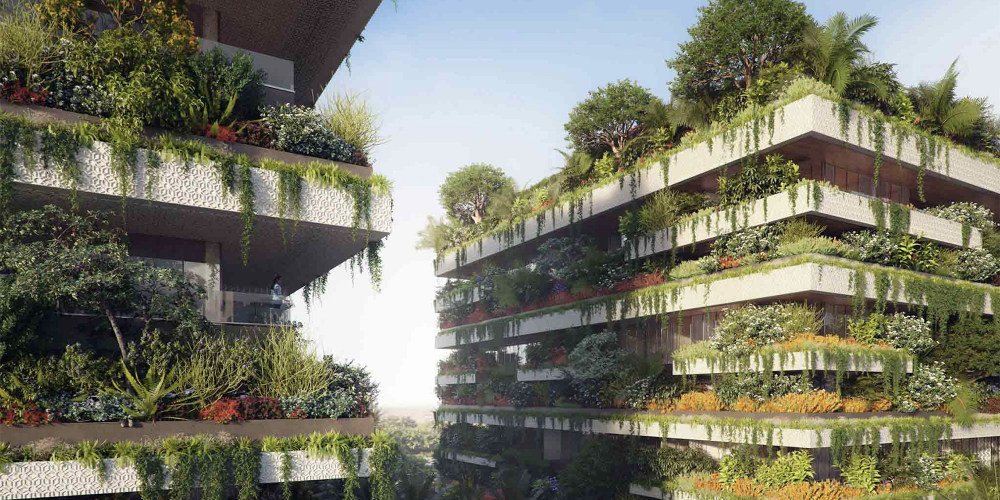
Services
Feasibility Design
Horticulture Design
Plant selections based on local plant zone and project specific microclimates. We work closely with the project architect on colors, textures, shapes, size of rootball within the architectural facade planters, height of trees based on various levels above and seasonal changes. We partner with local experts where needed to make critical plant choice decisions. A lot of what we draw from are successful plant groups that are proven within each local microclimate and plant zones for each project.
Soil & Irrigation Design
Depending on the height of the buildings and where the water source is being pumped from will effect the hydraulics. Our in house irrigation technicians design the irrigation system, fertigation units and pumps that automate successful long lasting vertical forests. Depending on the plant types we design and develop engineered growing mediums for long term regenerative growth. A stable medium is important for sustainable long term plant health and keep maintenance low as well.
Waterproofing & Drainage
As trees and plants are integral to a vertical forest waterproofing and drainage are a critical part of the design engineering. There is a layered system we design into the integrated building planters, which help as well with mitigating root problems over time. An plumbing and drain infrastructure is designed into the building.
Installation & Maintenance
We provide installation consulting throughout the life of the project. We have licensed in house installers and project managers to work with on site labor on all aspects of vertical forest builds. Irrigation, drainage, controller set up, planting, engineered growth medium & crane management. We work with maintenance crews as to access, safety procedures and specifications and guidelines to ensure proper maintenance.
Consulting & Wind Testing
We work with local growers to pregrow and adapt the plants that are being used on each project. As the building is being built by the general contractor this growing process is initiated early on in the project to ensure plants are full grown with strong roots going into the initial installation. After we have the proper plant and tree choices we go through a series of wind tests to ensure plant strength and durability as they will have to endure such conditions in their future home in the sky. This is extremely important to the safety and liability of building owners and occupants.
Benefits
Coexistence of Architecture & Nature in Urban Areas
Integrated plants & trees within architecture design provides its inhabitants a unique relationship with nature, which leads to coexistence and long term survival of cities.
